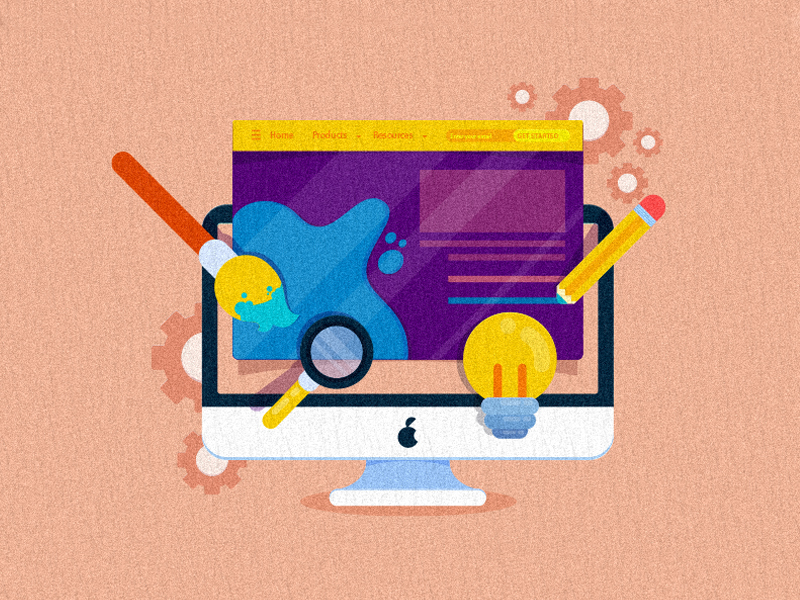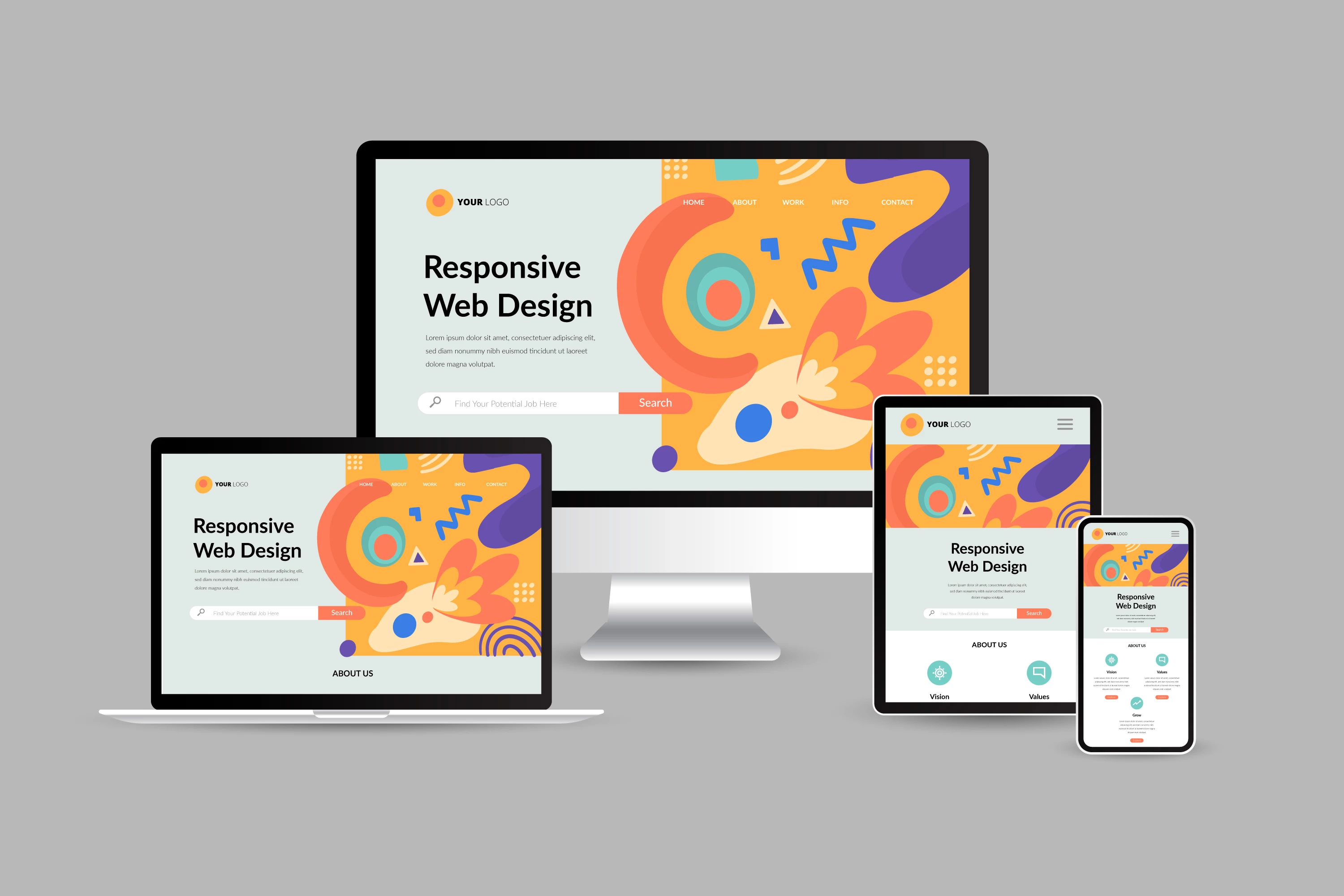Aligned Position Web Design: Delivering High-Quality, User-Friendly Web Designs for Every Industry
Aligned Position Web Design: Delivering High-Quality, User-Friendly Web Designs for Every Industry
Blog Article
The Most Effective Kinds Of Web Style to Enhance Customer Experience and Interaction
In the ever-evolving landscape of electronic communication, the effectiveness of Web design dramatically affects individual experience and interaction. Numerous layout techniques, such as minimal, responsive, and interactive formats, each deal distinct advantages that can cater to varied individual demands.
Minimalist Website Design
As digital landscapes become increasingly chaotic, minimalist website design has become an effective strategy to boosting customer experience. This style philosophy prioritizes simpleness, concentrating on vital aspects while getting rid of unneeded diversions. By making use of adequate white room, uncomplicated navigating, and a minimal shade combination, minimal style promotes clearness and guides individual attention to key material.
The core concept of minimalist Web layout is to create a smooth communication for users. By minimizing cognitive lots, individuals can quickly understand information without really feeling overwhelmed. This straight technique not only improves usability but also encourages engagement, as site visitors are more probable to discover a site that is very easy and aesthetically enticing to browse.
In addition, minimalist design frequently highlights typography and imagery, using these components tactically to share messages efficiently. In essence, minimalist Web style is not just a trend; it is a thoughtful method that identifies the importance of user-centered layout.
Receptive Web Style
In today's diverse digital setting, receptive website design has actually become important for creating a seamless customer experience across a wide range of tools. As customers accessibility internet sites on smart devices, laptop computers, desktops, and tablet computers, the capability of a web site to adjust its layout and web content to various display dimensions and resolutions is crucial.
Receptive website design employs flexible grids, images, and CSS media inquiries to guarantee that Web material is offered efficiently, no matter the tool used. This method not only enhances the aesthetic appeal of a website yet additionally considerably improves usability. Customers are more most likely to engage with a website that provides a consistent experience, as it removes the frustration of having to zoom in or scroll excessively.
Furthermore, online search engine, consisting of Google, prioritize mobile-friendly web sites in search positions. By embracing receptive style, services can enhance their presence and reach a wider target market. This method likewise simplifies web site maintenance, as a solitary version of the site can provide to all tools, decreasing the need for several variations. In summary, receptive Web layout is an essential method that boosts user experience, interaction, and total satisfaction.
Interactive Web Layout
Responsive website design lays the groundwork for enhancing customer experience, however interactive Web layout takes this an action even more by involving individuals in a much more dynamic method - Aligned Position Web Design. By including components such as computer animations, clickable models, and real-time feedback, interactive website design captivates customers, drawing them right into a richer browsing experience
This approach not just cultivates engagement however also encourages users to check out material proactively instead than passively consuming it. Methods such as gamification, where customers make rewards for completing jobs, can substantially boost the time invested on a site and enhance total contentment. Moreover, interactive functions can simplify intricate info, making it extra delightful and digestible.

Incorporating interactive design elements can also lead to greater conversion prices, as users are extra likely to engage with a site that actively entails them. Aligned Position Web Design. Ultimately, interactive Web design changes user experiences into memorable journeys, guaranteeing that site visitors return time and once again
Apartment Style
Defined by its minimalistic strategy, flat style stresses simpleness and performance, removing unneeded elements and concentrating on crucial functions. This style philosophy prioritizes usability, making article certain that individuals can browse interfaces effortlessly and performance. By using a clean aesthetic, level layout removes the clutter frequently found in much more luxuriant designs, thus enhancing individual concentrate on web content and functionality.
The trademark of level design exists in its usage of bold shades, simple typography, and geometric shapes. These aspects add to an aesthetically attractive user interface that is both contemporary and approachable. Furthermore, flat design cultivates a feeling of quality, permitting users to recognize necessary activities and details without interruption.
Moreover, flat style useful link is especially effective in receptive Web design, as its simpleness converts well across numerous devices and screen sizes. By concentrating on vital attributes, flat style not only fulfills individual needs but likewise motivates seamless interaction, making it a crucial component of effective Web design approaches.
Adaptive Website Design
Adaptive website design customizes the user experience by developing numerous repaired designs tailored to different screen sizes and devices. Unlike responsive style, which fluidly adjusts a solitary format, flexible design utilizes distinct designs for specific breakpoints, ensuring ideal presentation on various systems. This strategy allows developers to concentrate on the special features of each gadget, boosting functionality by delivering precisely what users require based upon their context.
One of the key advantages of adaptive website design is its ability to optimize load times and performance. By offering customized material and images that fit the user's gadget, web sites can reduce information usage and enhance loading speeds. This is particularly helpful for users with slower links or restricted information strategies.

In addition, adaptive design assists in a much more regular and controlled branding experience. Considering that designers develop numerous formats, they can guarantee that the visual components align with the brand name's identity across various platforms - Aligned Position Web Design. This leads to a cohesive user experience, enhancing involvement and promoting individual retention
Conclusion
Finally, the assimilation of minimal, responsive, and interactive website design principles considerably boosts customer experience and engagement. Minimalist layout fosters clearness and focus, while responsive style guarantees flexibility across various gadgets, advertising availability. Interactive style astounds users with vibrant components, encouraging expedition and personalization. Jointly, these layout comes close to add to the development of easy to find this use environments that not only improve fulfillment yet additionally drive greater conversion prices, highlighting their essential value in modern Web layout techniques.

Minimalist layout fosters quality and emphasis, while receptive style makes certain adaptability throughout different gadgets, advertising access. Jointly, these design approaches add to the production of straightforward settings that not only enhance fulfillment however likewise drive higher conversion rates, highlighting their crucial value in modern Web style strategies.
Report this page